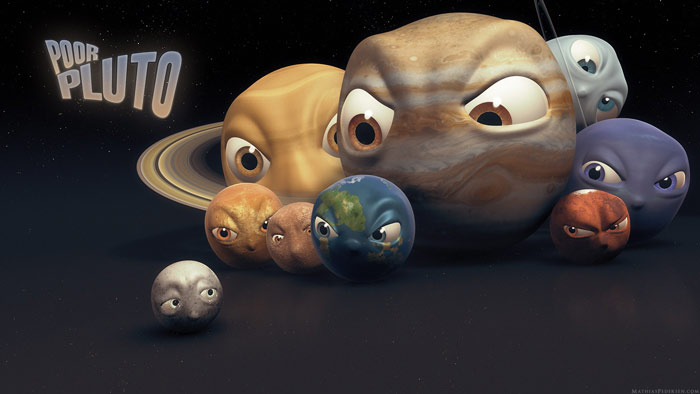I’ll spare you my ramblings on Dr. Masaru Emoto and let someone else speak about him.
From http://www.is-masaru-emoto-for-real.com/
After the lengthy review of Emoto’s research methods and results, I have come to believe that Dr. Emoto is offering pseudoscience to the masses in the guise of defensible research. *Only time and review by others will tell if there is any truth at the heart of Mr. Emoto’s claims, as Emoto himself thoroughly believes in his findings but does not value the scientific method or community. What is truly fearsome is the great numbers of people that accept his words as proven facts without looking deeper to find out if his claims are truly justified. While I respect Dr. Emoto’s desire to save the Earth’s water from contamination and pollution, unless he can produce a scientific paper and get it published in a scientific journal, I believe that he will continue to be ignored by the scientific community, and his claims will never be soundly proved or disproved.
Kristopher Setchfield, BA, Health Science
Natural Science Department
Castleton State College, Vermont
December 20, 2005
*He still has not published peer reviewed experiment results in a reputable scientific journal. His one claim to “peer reviewed” was submitted as a “photo essay” – not as experiment results submission. And that was back before 2004 – lots of claims, no publication. No results repeated and verified. No double blind studies. Why is that Mr. Emoto?
And for people who think I’m being hard on him or close-minded – go ahead and Google his name. You might notice a whole slew of websites selling stuff – stickers, water, seminars, certificates – stuff. And here or there you’ll find a couple people like me speaking out. Feed the money machine – it’s ok – because while you’re feeding it, there are real discoveries being made within real science. And THAT is what matters.
ADDED FEBRUARY 2009:
Ok, so maybe I WON’T spare you my ramblings on Emoto. His “research” on water crystals pisses me off to no end for a number of reasons. Here are some of them:
- When he first announced his “research” it was heralded that he was “published in a peer reviewed journal”. This surprised me. I read the entry. First of all it was submitted as a “photo essay” which bypassed any editorial review before inclusion, it was NOT printed as a scientific experiment submission. He was VERY misleading by seeming to infer that his work had been accepted as an actual science experiment peer reviewed. Second, it was not a mainstream journal, it was an Alternative journal, not one with a strong mainstream reputation. Some people seem to think that’s because his findings would not be accepted by mainstream science because it’s so cutting edge, when in fact it was not accepted by a mainstream journal because there was NOTHING TO ACCEPT. It was just a photo essay. What is a “photo essay”? Just that, photos and thoughts.
- Part of his experiments are to label water that is played different styles of music. Then it’s showed that “heavy metal” music has gross looking crystals, while water that was played classical music is nice and pretty. Having worked in music and audio full time my entire life, I also find this offensive. There is nothing inherent in the music vibrations, it is the receiver that puts meaning into the sounds. The water does not have an opinion on what music is “good” or “bad”. He does the same with words like “hate” and “love”. Again, these are just words. It is US that put the meaning to them. Water does not have an opinion on these matters. What Emoto is inferring is that there is good and bad that can be detected by water – but he has not performed any reproducible experiments to show this is true.
- He’s making money off of his claims. In America it’s mainly from the New Age and New Thought segments. If you are an “Emoto supporter” – I would say there’s a very good chance you are “New Age” or “New Thought”, or if you don’t like those labels, then I would guess that you might also be interested in things like Chakras, Out of Body Experiences, Past Lives, etc. I am pointing this out because these groups have been targeted to host Emoto workshops and to sell products to. There are not targeted because they are open minded and on the forefront of progressive thought; they are targeted because they usually have no understanding of the Scientific Method (even though the word “science” might be used a lot in those circles, especially in the context of religion). In other words, these groups do not understand that his work is bullshit.
- I have personally seen people taught to purify water with their minds. And they would spend hours staring at glasses of water to practice purification. This was a step in learning how to “manifest”. A lot of money changes hands in these areas and a lot of time is being wasted on these pursuits.
What would appease me? To have Emoto have his original claims published in a mainstream journal and his experiments duplicated by others in a double blind study environment. In other words: For him to actually do what he infers he can do. But he won’t. Why? Because the crystals are chosen. It’s so silly I can’t believe it.
If you are still not understanding this let me explain it one more way. What Emoto does is similiar to this: Send me two pictures of two people you know. One of them you love very much and the other one you hate. I will tape them to glasses of water then take pictures of the crystals after I have frozen it. I will take pictures of the crystals. The glass with the photo of the person you love will show a photo of a beautiful crystal, the other will show a gross and ugly crystal. Of course, I will have to know which person is which ahead of time. And I will choose the crystals myself from dozens of photos to get the results you want.
It would be funny if he weren’t getting so much money from people and leading people down paths that waste a lot of precious time…
Why is it a big deal to me? I worked for a “mind science” institution for many years and believed all this stuff until someone showed me what science actually was. Fringe groups like the Ramtha followers gravitate to this stuff like bees to honey. I have friends who also used to be in Ramtha. It’s a very ugly thing when you start to think for yourself and leave those groups. Emoto’s is just one of many people profiteering off misinformation in the sciences to a naive and well-meaning audience. And that misinformation can start people down a very dark road. That’s why it’s a big deal to me.











 Jerry Falwell died today. He was “fine at breakfast” but found unconscious in his office at Liberty University. Read the CNN Article on Falwell death.
Jerry Falwell died today. He was “fine at breakfast” but found unconscious in his office at Liberty University. Read the CNN Article on Falwell death.

